
What do turtle-scenting dogs have in common with school groups working to develop pollinator-friendly habitats? What is the thread that connects citizen scientists identifying the locations of rare plants with outreach and education efforts at Illinois State Parks? All these efforts, and many more, are supported by the Illinois Wildlife Preservation Fund.
Established by the Illinois legislature on September 17, 1983 as the Illinois Non-Game Wildlife Protection Act and Non-Game Wildlife Conservation Fund, the fund was renamed the Illinois Wildlife Preservation Fund in 1986. A 1987 amendment established the Non-Game Wildlife Protection Act, broadening the scope of the Act to include native plants. Amended again in 2005 allowed for a portion of the annual donations to assist in the maintenance of wildlife rehabilitation facilities that care for threatened or endangered species. Contributions to the Illinois Wildlife Preservation Fund are administered by the Illinois Department of Natural Resources (IDNR) Director through the Office of Resource Conservation and Division of Natural Heritage.
Most rare and endangered species, such as the icontic prairie-chicken and the grass pink orchid, are termed non-game, as are songbirds, mollusks, reptiles, amphibians, invertebrates and more. Non-game species thrill the senses of quiet observers and enrich all our lives.
Dogs Aid in Locating Threatened Turtle

Kim Roman, a field representative for the Illinois Nature Preserves Commission, is one of a team working to understand the state-threatened ornate box turtle. The team includes scientists, volunteers and Boykin spaniels, dogs trained by their owner John Rucker to track—and gently pick up—ornate box turtles.
Working with turtles in the Kankakee Sands area, Roman explained that the primary purpose for locating ornate box turtles is to determine the presence of a state-threatened species and update historic records.
“Ornate box turtles are notoriously hard to find in their habitats because they spend a lot of their time underground, and their coloration and patterns help them to blend into the prairie vegetation,” she stated.
Enter the dogs as another tool in the scientific toolbox. Dogs are sent off to sniff in delineated areas, with a crew of people walking a line behind to do visual surveys. If turtles aren’t moving much (because it’s too hot or too cold) they don’t leave a scent trail and are essentially invisible to the dogs. Of the turtles found, the dogs picked up about half, with the human crew finding the remainder. In other areas (and under the right conditions) the dogs find a lot more than people do.
Eight turtles, four males and four females, have been equipped with transmitters where Roman is working.

“Radio telemetry helps us see the bigger picture of these turtles’ exact habitats, range, times of activity, emergence and interactions with other turtles,” Roman explained. Such information allows land managers make informed management decisions that include prescription fire (timing and location) and know where to prioritize management efforts (such as removing invasive trees and exotic brush).
The charismatic ornate box turtle has been used to approach landowners to talk about conservation. An aspect of the turtle project that Roman is especially pleased with is the partnership with U.S. Fish and Wildlife Service and The Nature Conservancy to sponsor a Youth Conservation Corp team. Using radio telemetry equipment and their smart phones, participating Kankakee County area high school students are collecting and submitting data on the locations of the transmitter-wearing turtles. And through their work, developing an interest in and commitment to protecting natural resources.
Earth Day in the Parks

There is no better way to develop a full understanding of nature—and learn how to make a difference in the world and the value of volunteerism—than to get your hands a little dirty.
That’s exactly what Illinois school children do every spring as participants in the Earth Day in the Parks program. School buses roll into a state site and out pour students ready to get to work planting milkweeds and other native plants for pollinators. At another site, they may be planting native prairie plants or removing exotic, invasive garlic mustard or teasel plants. Elsewhere there is a need to bolster the bluebird population and students help set up a bluebird nest box trail. Another group learns about enhancing fish habitat as they assemble fish attractors to be placed in a park lake.
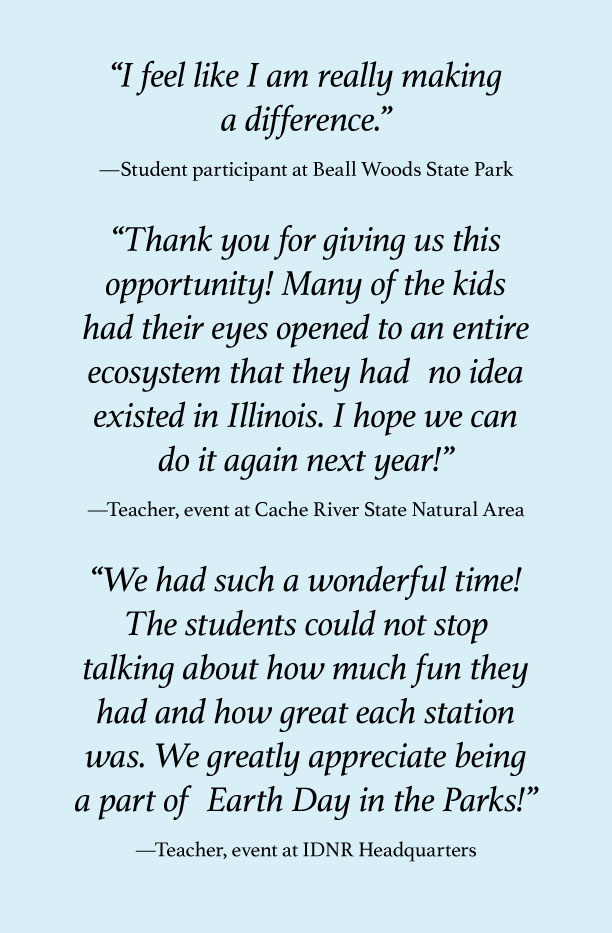
Earth Day in the Parks is sponsored by the IDNR and is an event promoting stewardship of our natural resources by Illinois school children. Recently funded through the Wildlife Preservation Fund, IDNR’s Division of Forest Resources Mason Tree Nursery produces the native Illinois ecotype, neonicotinoid-free planting materials that are utilized.
Plants of Concern
“One big initiative that the Wildlife Preservation Fund funded recently is the Plants of Concern effort coordinated by the Chicago Botanic Garden,” noted Ann Holtrop, Chief of the Division of Natural Heritage. “Though this collaborative endeavor, citizen scientists, natural resource managers and researchers are using a standardized monitoring program to collect data on rare plant populations.”
Established in 2001 with a focus on the Chicagoland region, Plants of Concern staff train volunteers to collect information on rare plant species. Over the past 19 years, close to 800 people have been trained in the protocols, with a couple hundred active volunteers at any point in time. An anonymous foundation donation is allowing the effort to extend to southern Illinois, with a branch office opening on the campus of Southern Illinois University-Carbondale.

“I like to think about program through different lenses,” Gretel Kiefer, Manager of Plants of Concern, explained. “Repeated visits to the same rare plant populations allow for the collection of long-term data—shared with the IDNR Natural Heritage Database—that land managers can use to develop management plans to best conserve both the rare plants and their habitats. Program volunteers also collect data on threats to rare plants, such as invasive species. The program also is about people and getting them outside to make a connection to nature, which is so important to human health, especially in these times.”
The information collected impacts management of individual natural areas and on a larger scale analyzing data is important for understanding how species distributions are changing as a result of climate change.
State Park Outreach Efforts

The Wildlife Preservation Fund also recently supported enhanced education and outreach efforts at Illinois state parks offering interpretive services.
Jennifer Randolph-Bollinger, interpreter Giant City State Park, characterized many of the interpretive supplies at state park nature centers as old and outdated.
“After years of use, and being handled by thousands of visitors, it was time to replace materials with updated, relevant supplies that will provide for better quality, hands-on learning experiences for young and old alike,” she noted. Thanks to the Illinois Wildlife Preservation Fund, state park nature centers have new replica mammal skulls, mammal pelts and butterfly nets, as well as binoculars, magnifiers, and frog, honeybee and cicada life cycle models.

Photo by Lisa Sons.
At one park the investment resulted in a grand interpretive sign.
“Previous signage in the prairie garden behind the Staved Rock State Park Visitor Center only listed the names of the plants, and visitors frequently asked staff and volunteers for help in making connections,” explained park interpreter Lisa Sons. “To help enhance the educational value of the signage, I designed an informational panel that not only contained information about the plants, but pictures. Now visitors passing the panel on their way to the main trailhead can stop and learn about some of the plants of the native Illinois prairie.”

Kathy Andrews Wright retired from the Illinois Department of Natural Resources where she was editor of OutdoorIllinois magazine. She is currently the editor of OutdoorIllinois Journal.










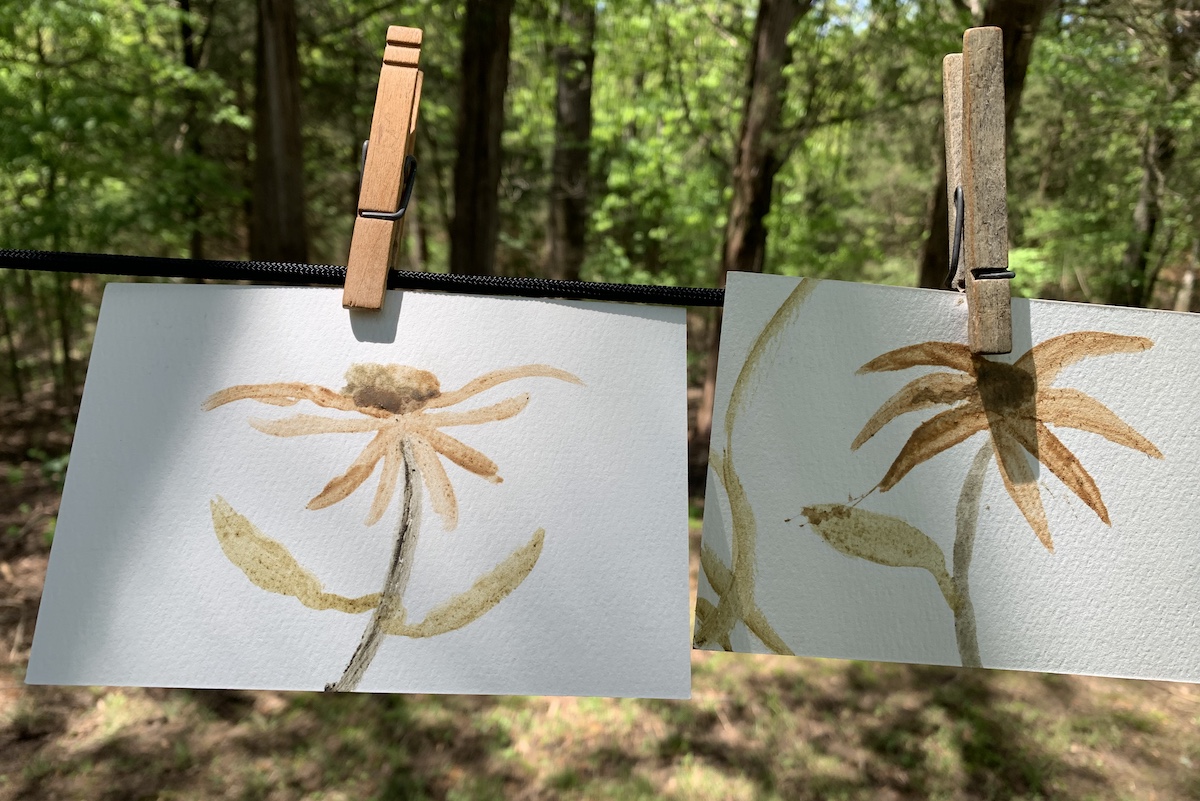
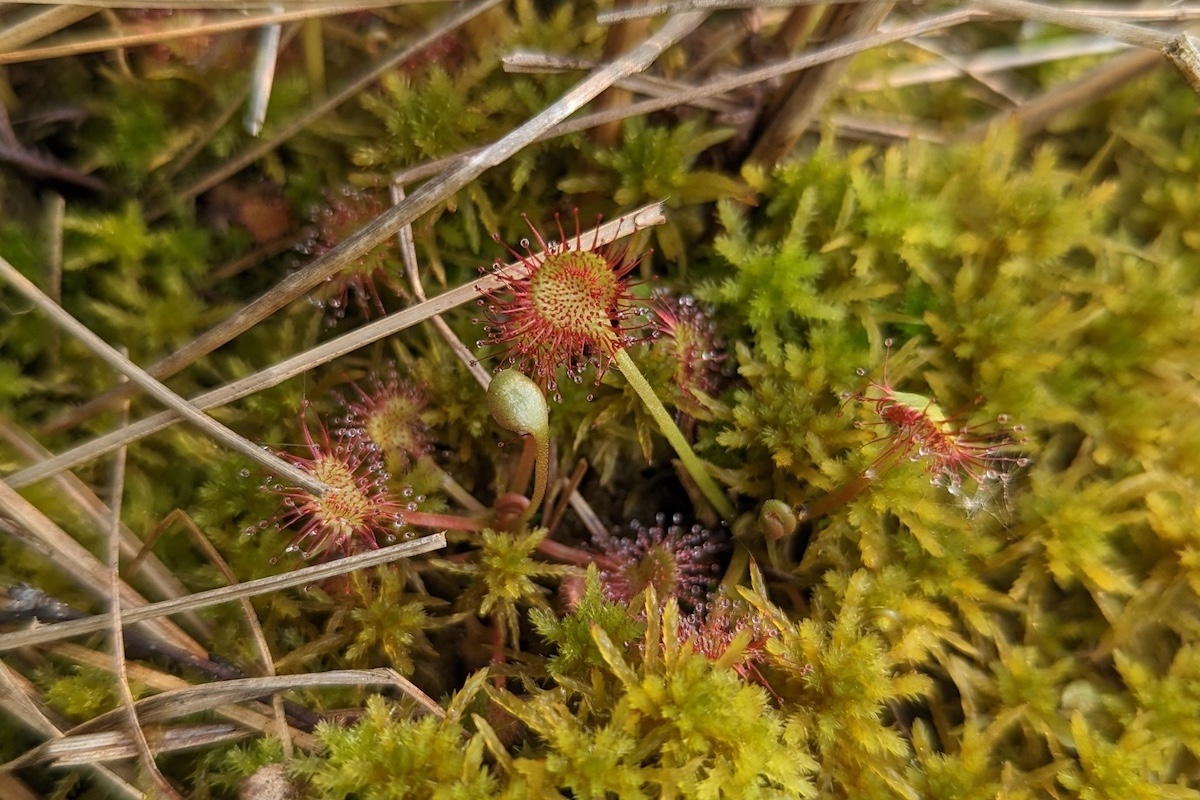

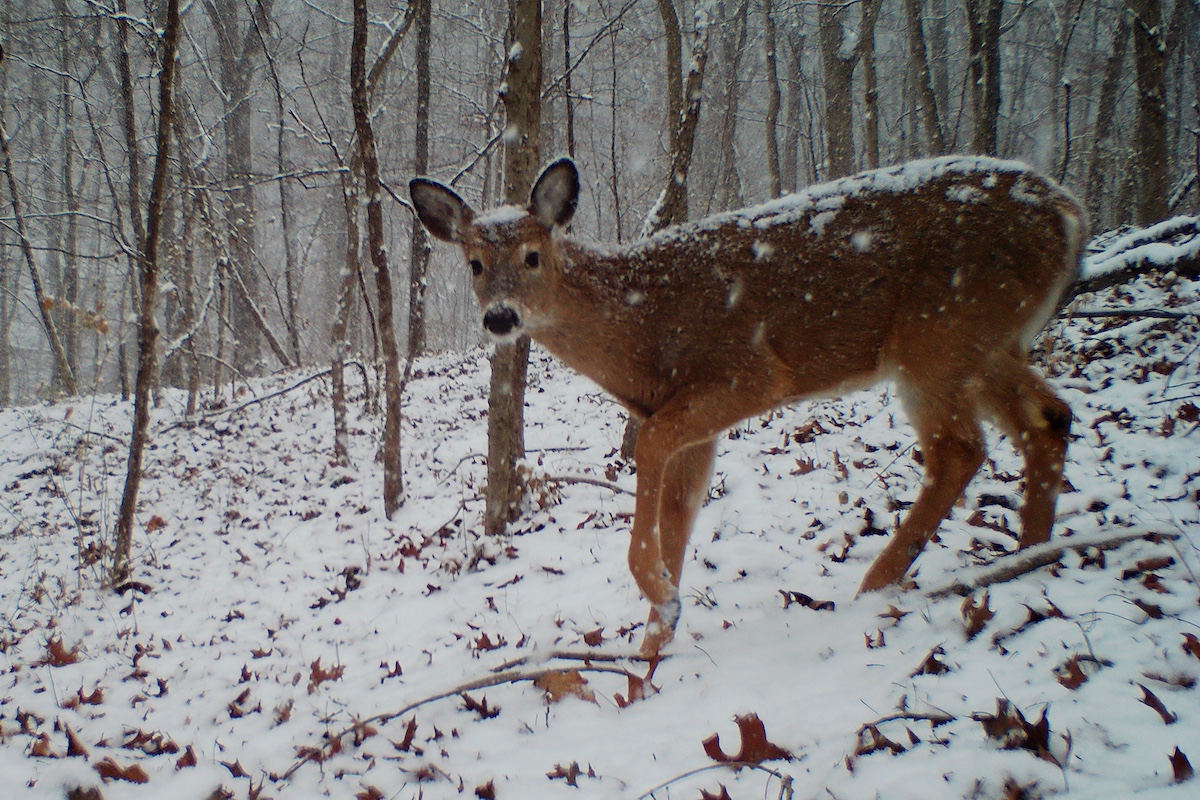
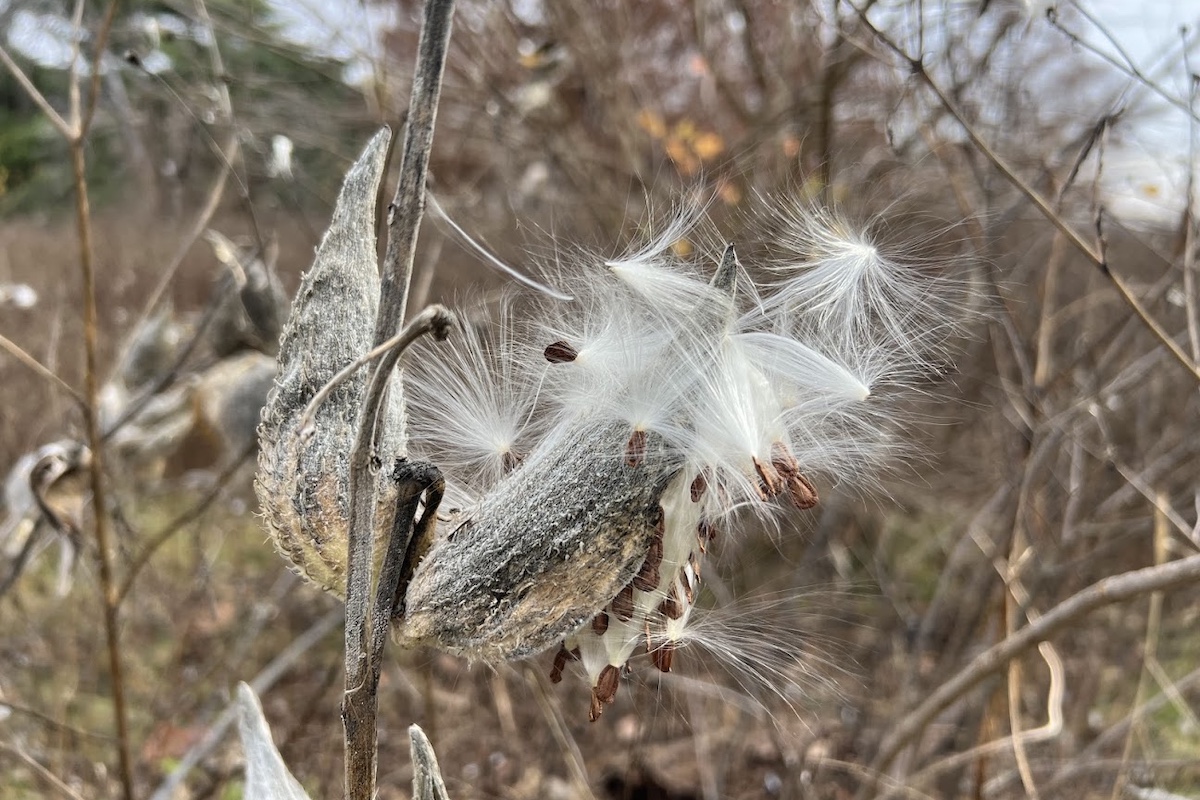
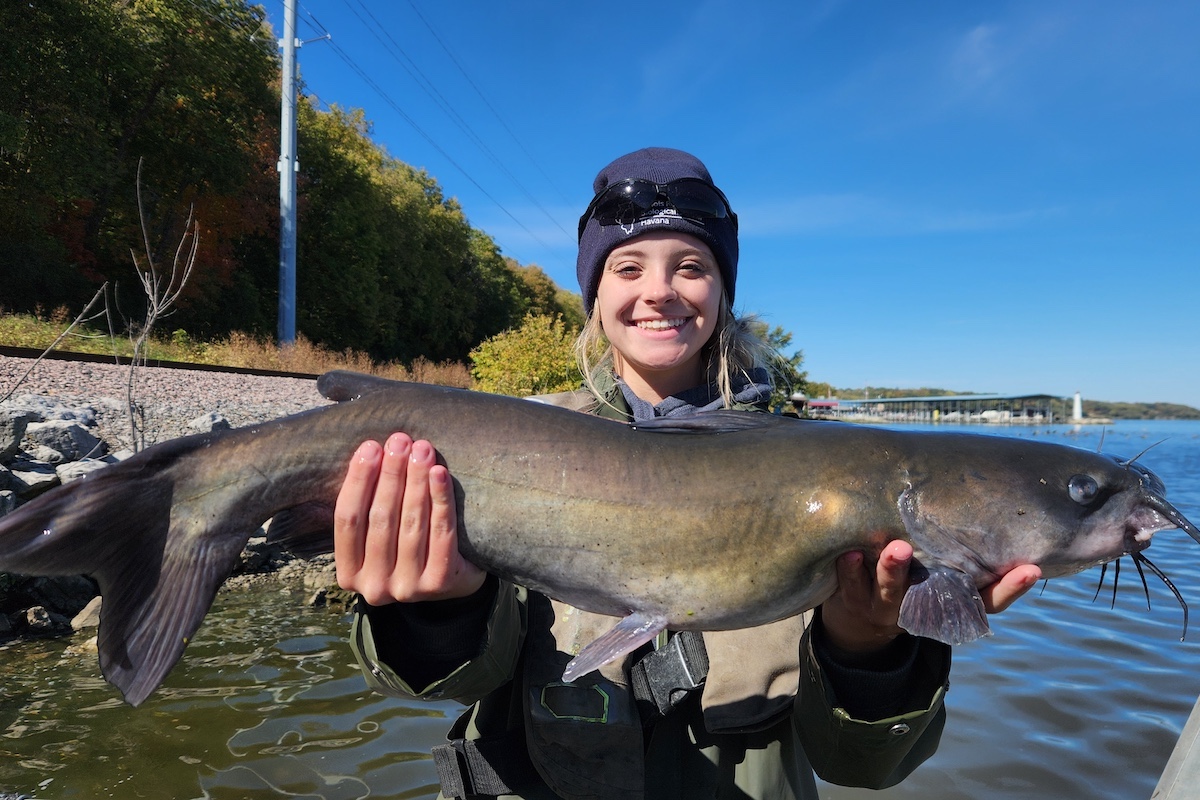
Submit a question for the author